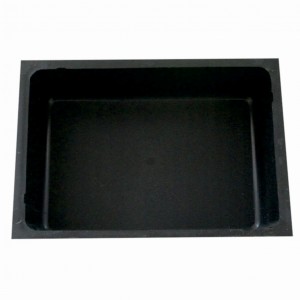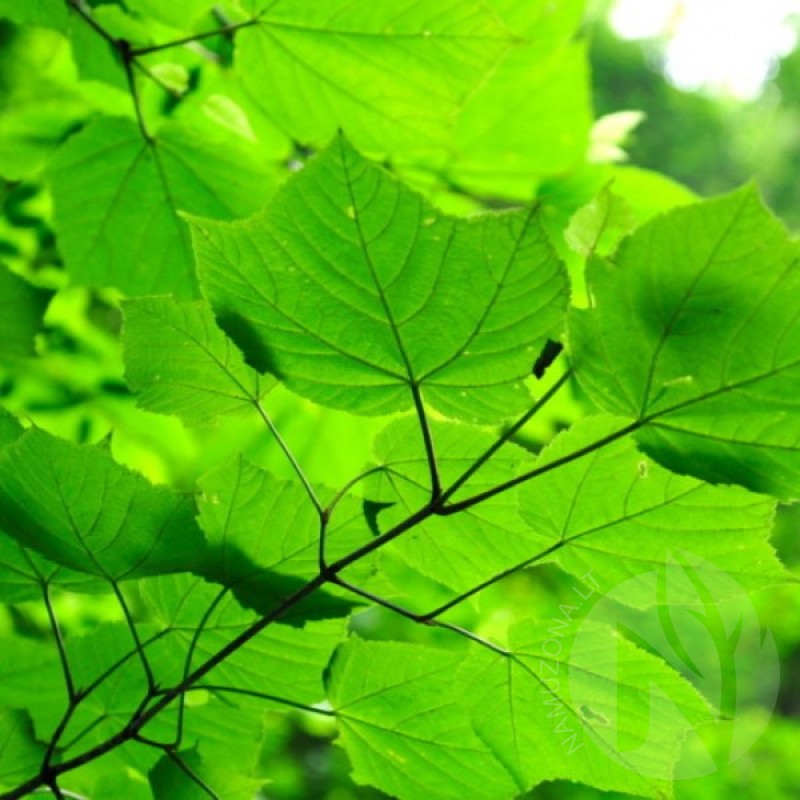
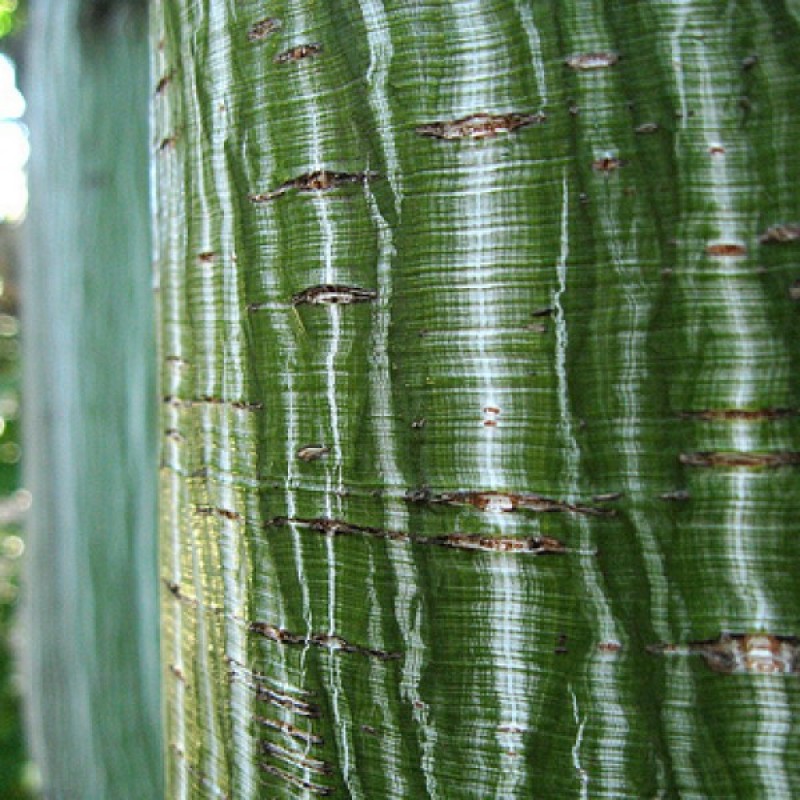
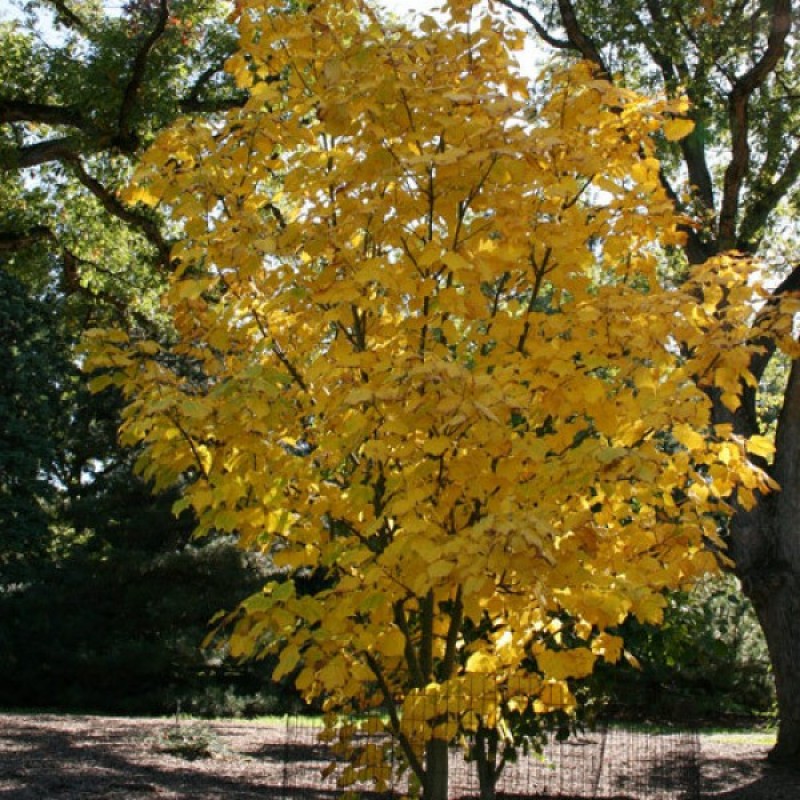
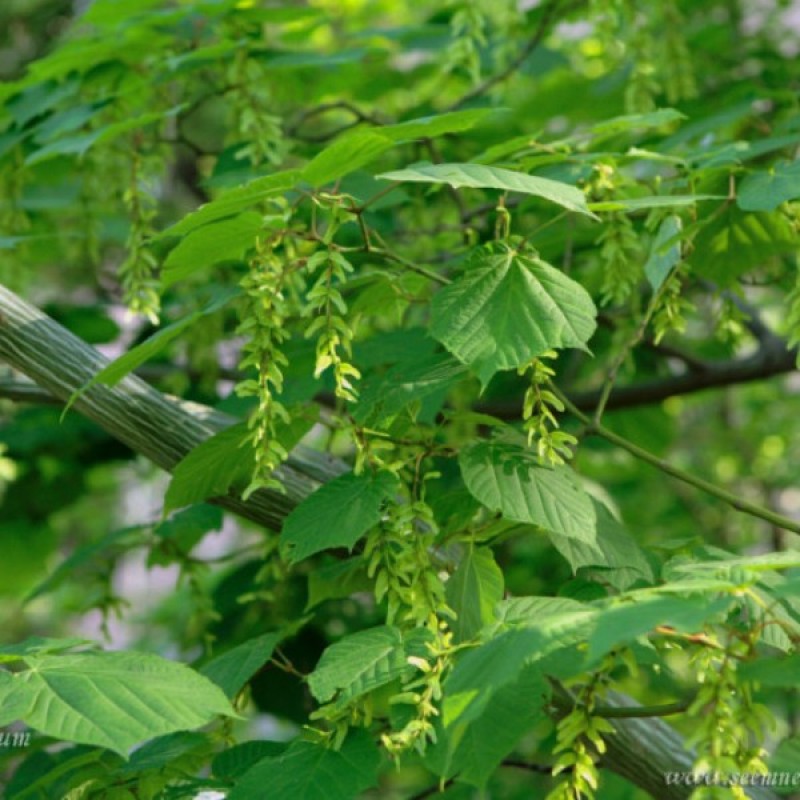
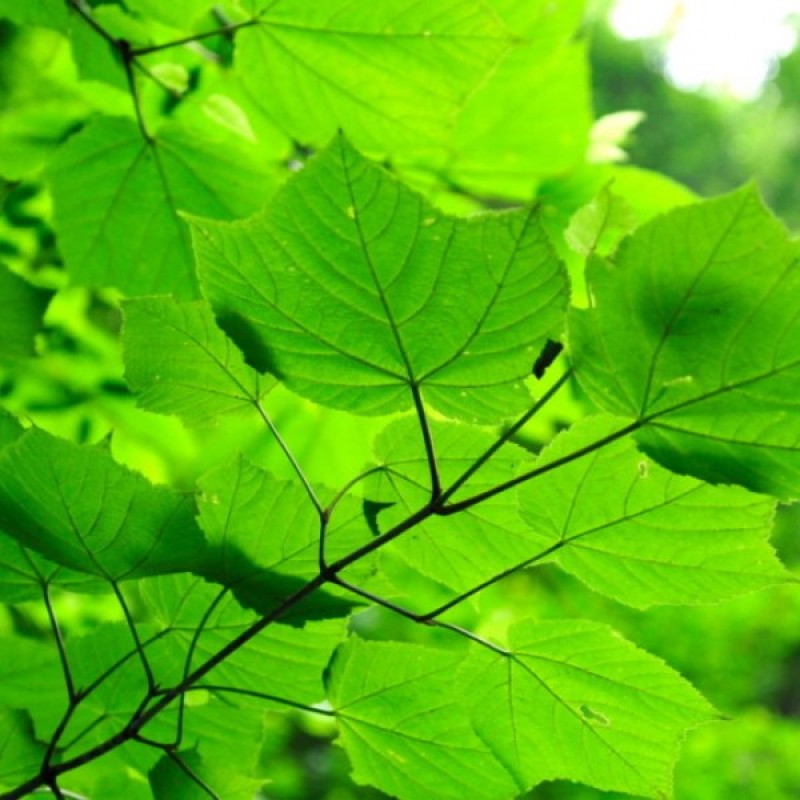
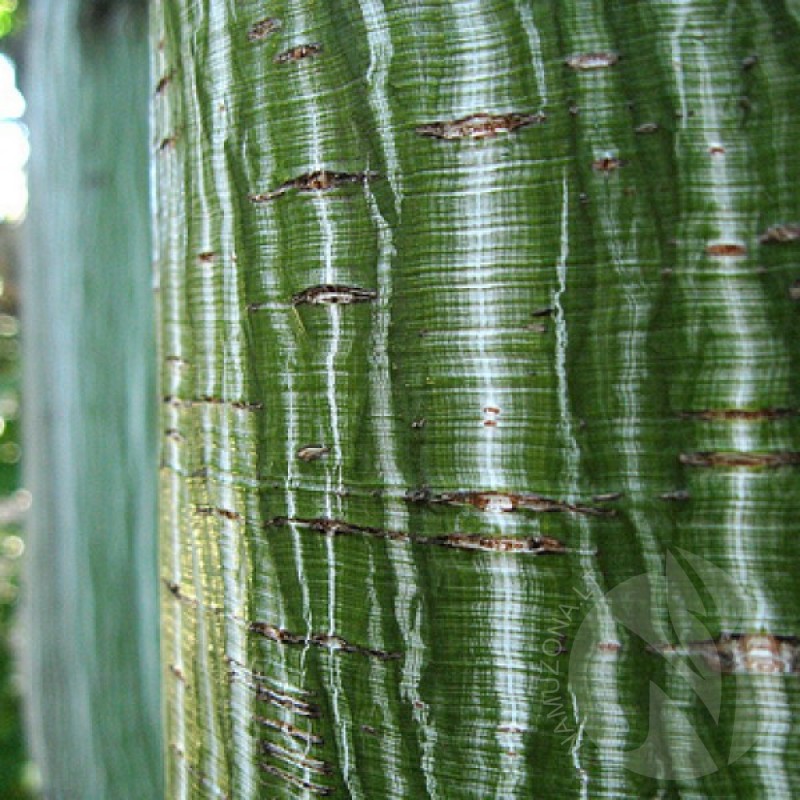
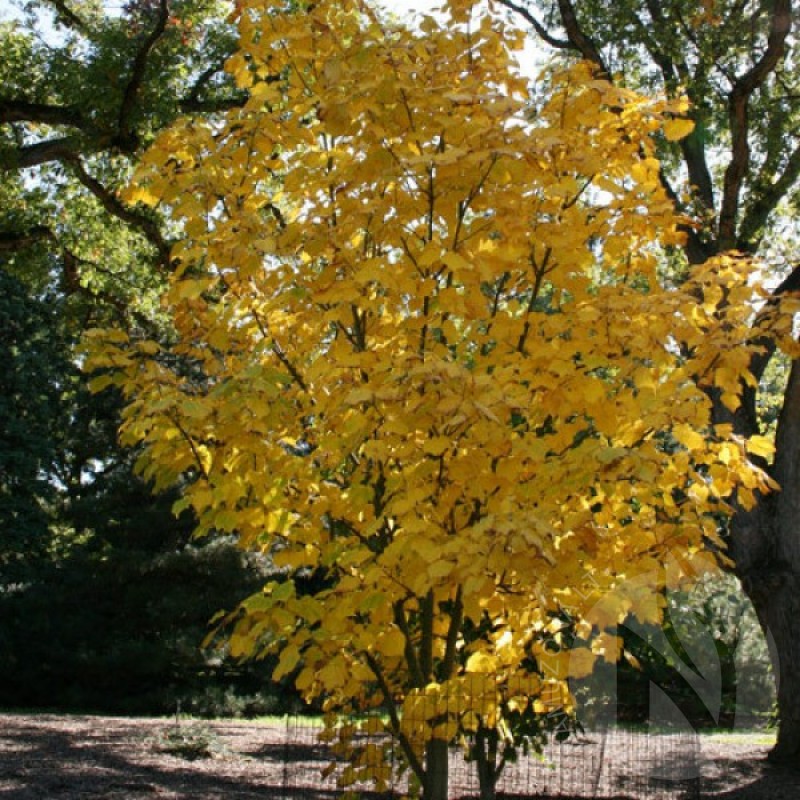
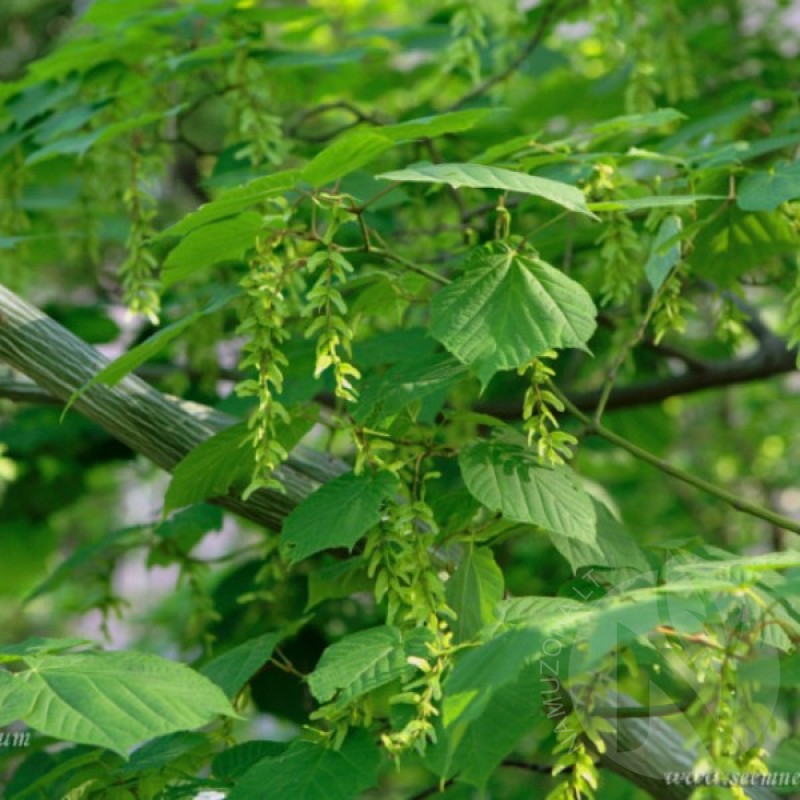
PAY ATTENTION!
All seeds (except SOLD OUT) are available for immediate shipping and will be dispatched within 1-2 business days.
INFORMATION NEEDED? PLEASE CONTACT US NOW!
Manchurian striped maple is a small, spreading, deciduous tree from eastern Asia. Its white-striped branches, which provide year-round interested, give rise to large, blunt-lobed leaves in spring, which turn yellow in fall.
More tolerant of full sun than most stripebark maples, and accepting of any soil that's not wet, dry, or alkaline, it makes an excellent specimen tree for eastern or northern exposures, if protected from afternoon sun. (source: learn2grow.com)
Of easy cultivation, it prefers a good moist well-drained soil on the acid side and a sunny position. Grows well in heavy clay soils. Chlorosis can sometimes develop as a result of iron deficiency when the plants are grown in alkaline soils, but in general maples are not fussy as to soil pH. A bad companion plant, inhibiting the growth of nearby plants.
Genus - Acer
Species - Tegmentosum
Common name - Manchurian Striped Maple
Pre-Treatment - Required
Hardiness zones - 4 - 7
Height - 29' / 9 m
Plant type - Small Tree
Vegetation type - Deciduous ornamental
Exposure - Partial Sun, Partial Shade
Growth rate - Medium
Soil PH - Acidic, Neutral
Soil type - Loam, sand, well drained
Water requirements - Average Water
Landscape uses - Feature Plant, Foundation, Topiary / Bonsai / Espalier
Bloom season - Spring
Leaf / Flower color - Green / Yellow
GERMINATION INSTRUCTIONS
1. Start the cold stratification process in the end of the beginning of the year.
2. Place the seeds in a glass bowl and cover with room temperature water. Allow the seeds to soak for a minimum of 24 hours but no longer than 48 hours.
3. Hold a handful of sterile peat planting medium under a running faucet until the peat is soaked. Squeeze most of the water out of the peat, leaving it moist but not soggy. Place the moist peat into a zip-lock plastic bag.
4. Remove the seeds from the bowl of water and rinse them off under clean running water. Place up to three seeds into the plastic bag containing the peat. Use more peat and plastic bags if you want to germinate more than three seeds.
5. Push the seeds into the peat and seal the plastic bag. Shake the bag to distribute the peat so that it covers the seeds completely. The seeds must be buried in the moist peat in order to germinate.
6. Place the sealed bag in the bottom of the refrigerator. This will serve as the cold stratification. The seeds need to be kept at +4-+7C (34-46F) for a minimum of 35 days, but not longer than 90 days.
7. Open the plastic bag periodically to make sure the peat is still moist. Add water as needed to restore the moisture.
8. Check the weather forecast after 35 days. You can plant the seeds outdoors if all danger of frost has passed. You can wait up to 55 more days, if there is still a possibility of frost and plant the seeds as late as early summer.
9. Plant the seeds by removing them from the peat and rinsing them with clean water. Bury the seeds ensuring that the seeds are covered. Keep the soil moist until the seeds sprout.
Atsiliepimų apie šią prekę kol kas nėra.
No questions about this product.







